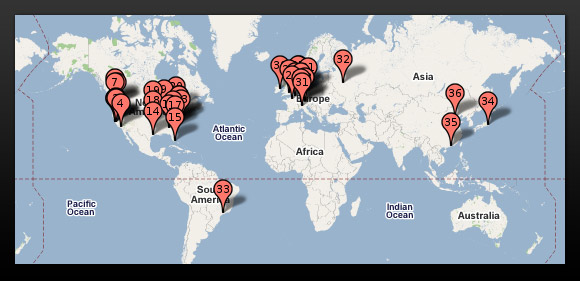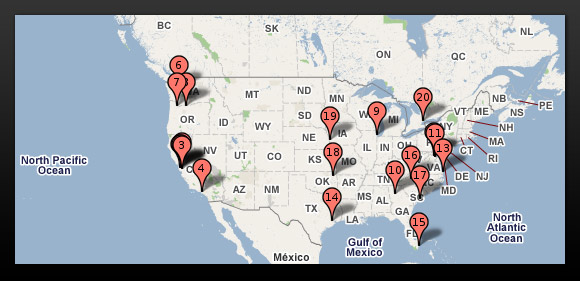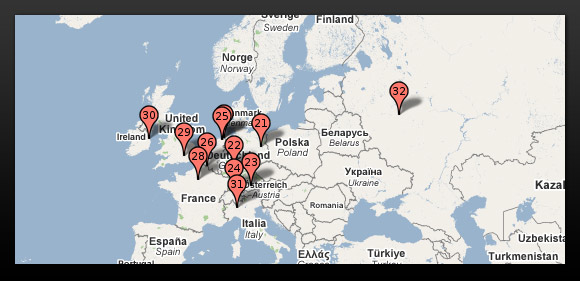- 1. Always keep your computer in “stand by mode” when it is left idle for quite long time. To set the standby mode go to “control panel” , choose “power option” and select the “power scheme”, from there select the time you wish to wait until going for stand by.
- 2. Keep your network card disabled as computer uses lots of power to search networks.
- 3. Always close all the unnecessary programs as these also consume power.
- 4. Learn to control the programs that run from start up. You may not have any clue about these programs running in the background. Follow the start menu, click on “run” and type “msconfig” press “enter”. Now click the “start up tab” here select the program you wish to close and keep running.
- 5. Condition the batteries by completely draining it’s charge and then recharging it completely. Partially charging the battery reduces battery life.
- 6. Regularly deferment to arrange data, this results lesser time in fetching data from hard disk. You must know the quicker hard disk moves it consumes lesser power
- 7. If you aren’t going to use your battery for a while then charge them to 40% and keep them in a cool place. Lithium battery‘s average age is 2-3 years and with some care its life can be increased. A
- 8. Try to use updated softwares and new drivers as they tend to eat lesser battery.
- 9. Always use original adaptor with exact specification. Any mismatch could lead to over load and damaging battery.
- 10. Heat and temperature could cause battery damage slowly but surely, so never leave the laptop under direct sun , or in a closed car.
- 11. Pause the scheduled tasks when you aren’t sure about power supply. It may be a defrag or a virus scan, but always schedule them for a time when you are near a power outlet.
- 12. USB devices eat out a major chunk of battery power. Remove all the unused external devices like external mouse, Wi-Fi, external speakers, PC cards, Bluetooth and iPod.
- 13. Never leave CD/DVD in the drives, spinning drives drains power very fast.
- 14. Practice to desist DVD or any other external devices when battery is on; try to shift content to virtual drives like pismo file mount or virtual CDROM control panel or hard drive.
- 15. Well LCD screen is another big power drainer so set the brightness level to the lowest level possible for you to work on. This may not be necessary but I recommend you do this.




advearth.blogspot.com covers the full amount of emerging technologies, invention and innovation - from automotive to aerospace, from Mobiles to supercomputers, ...







































